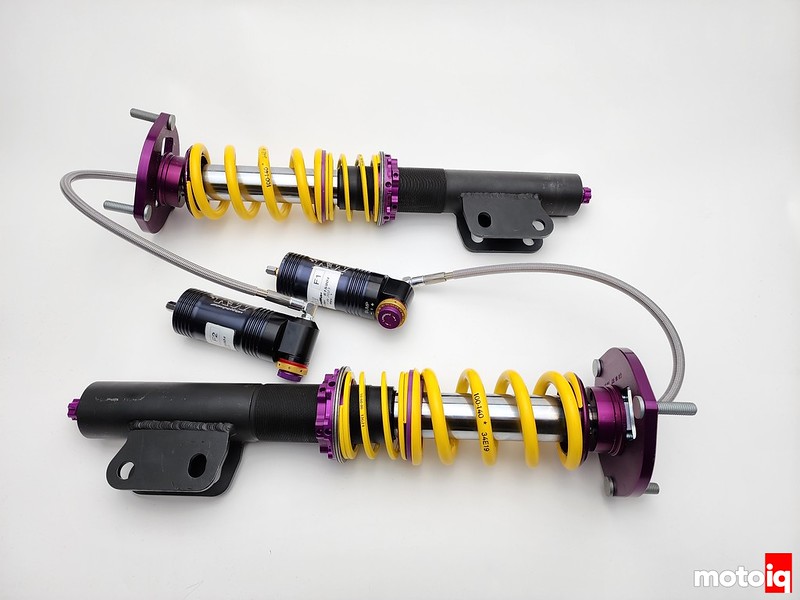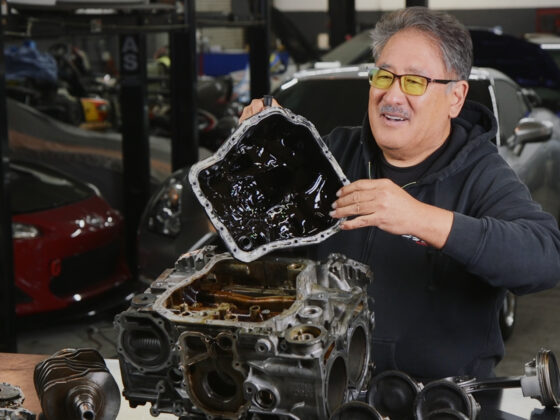
The strut body is filled with grease for its bushings and the shock is pushed into place. Note that this is an inverted shaft strut and the large body of the shock becomes the shaft while the real shaft is inside the strut body. Inverted struts are thus much stiffer and stronger and are considered better for hard use.

Locktite is applied to the inner shaft.

Then the lock nut that holds everything together is tightened down.

A torque checkmark is applied.

Finally, the rebound adjusting knob is installed.

Our front struts are now ready!

The rear shocks assemble exactly like the front struts but they are not installed into a strut housing.




2 comments
Amazing in-depth coverage. Thanks for sharing KW and MotoIQ
What’s always interesting is seeing how different KW’s valve design philosophy is compared to the Bilstein/Ohlins/Penske/etc deflective disc pistons… but obviously it works, and works well. Cool that they’re doing rebuilds in-country too, thank you for sharing all of this.